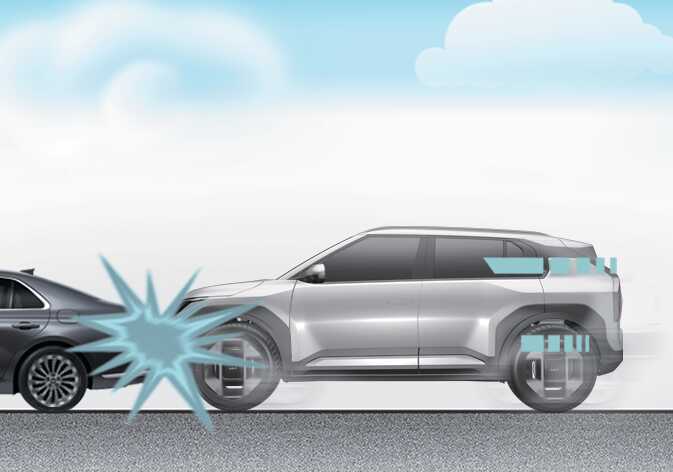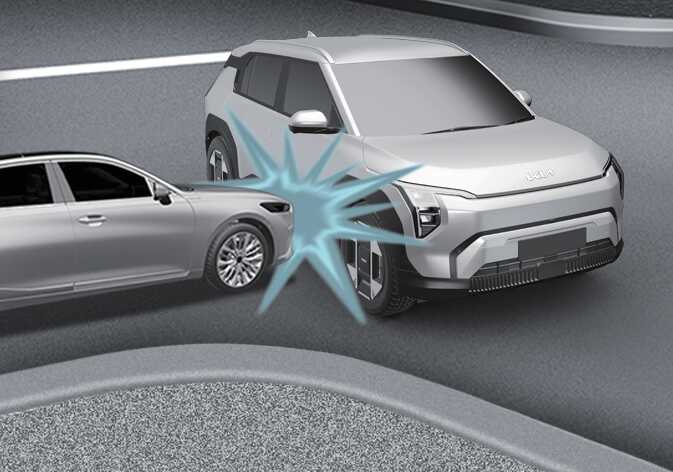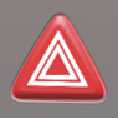Airbag inflation conditions
|
Airbag inflation conditions |
|
|---|---|
 OSV024039 |
Front airbags are designed to inflate in a frontal collision depending on the intensity, speed or angles of impact of the front collision. |
 OSV024040 |
Side and/or curtain airbags are designed to inflate when an impact is detected by side collision sensors depending on the strength, speed or angles of impact resulting from a side impact collision. |
-
Side and curtain airbags
The side and curtain airbags are designed to inflate when a rollover is detected by a rollover sensor.
Although the front airbags (driver's and front passenger's airbags) are designed to inflate only in frontal collisions, they also may inflate in other types of collisions if the front impact sensors detect a sufficient impact. Side airbags (side and/or curtain airbags) are designed to inflate only in side impact collisions, but they may inflate in other collisions if the side impact sensors detect a sufficient impact.
For instance, side airbag and curtain airbags may inflate if rollover sensors indicate the possibility of a rollover occurring (even if none actually occurs) or in other situations, including when the vehicle is tilted whilst being towed. Even if side and/or curtain airbags do not provide impact protection in a rollover, they will deploy to prevent ejection of occupants, especially those who are restrained with seat belts.
If the vehicle chassis is impacted by bumps or objects on unimproved roads or sidewalks, airbags may deploy. Drive carefully on unimproved roads or on surfaces not designed for vehicle traffic to prevent unintended airbag deployment.
If equipped with rollover sensor
Also, the side and curtain airbags are designed to inflate when a rollover is detected by a rollover sensor.


